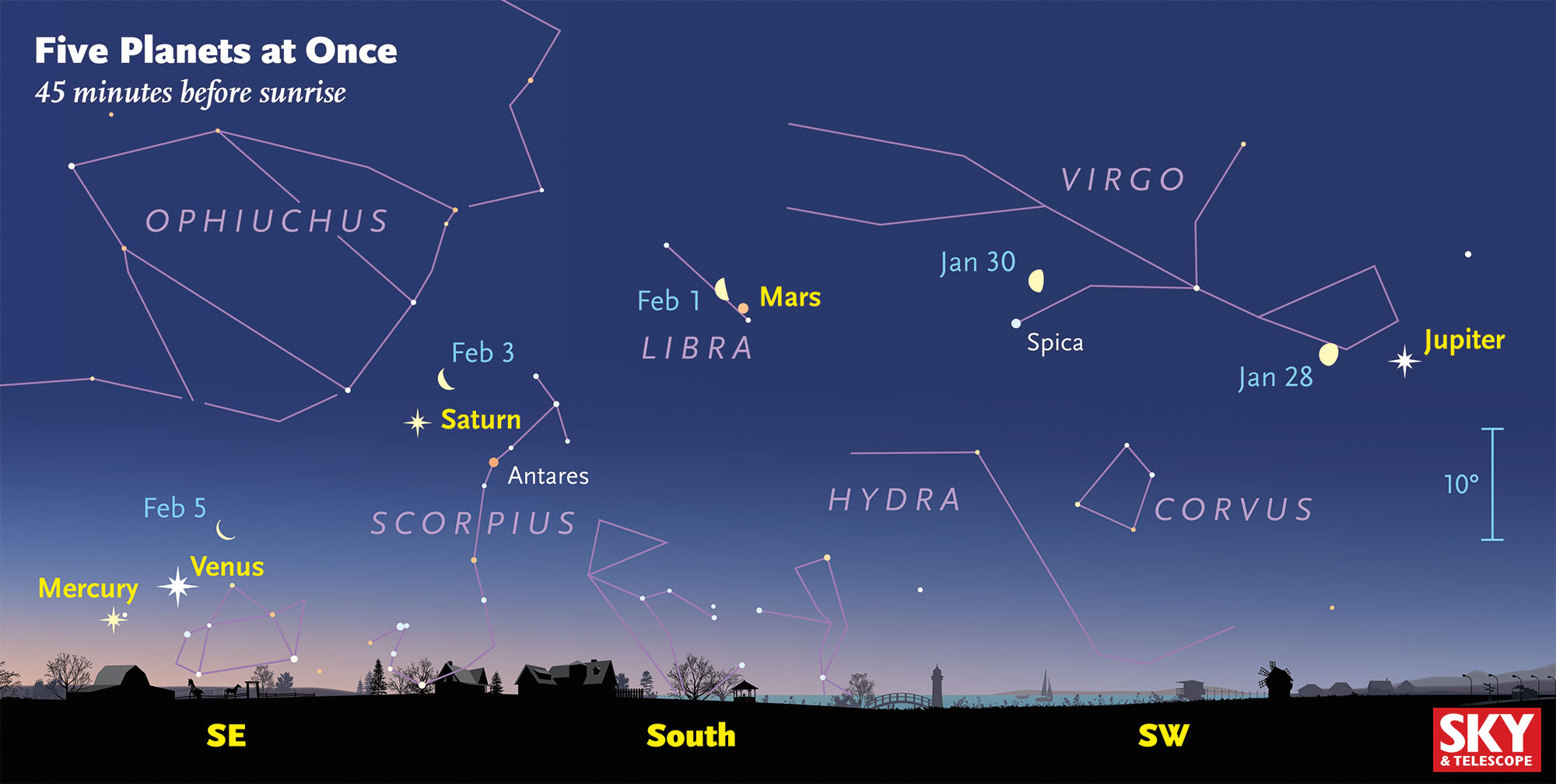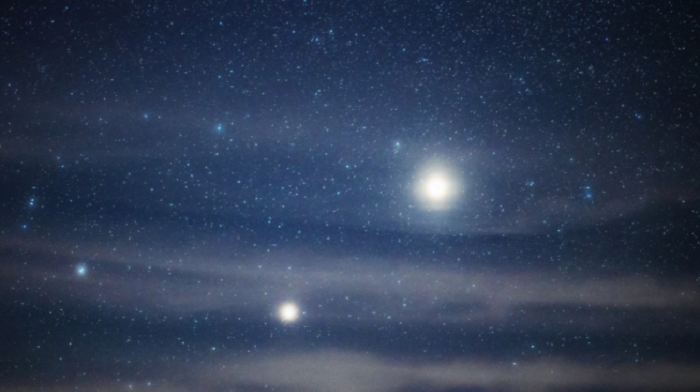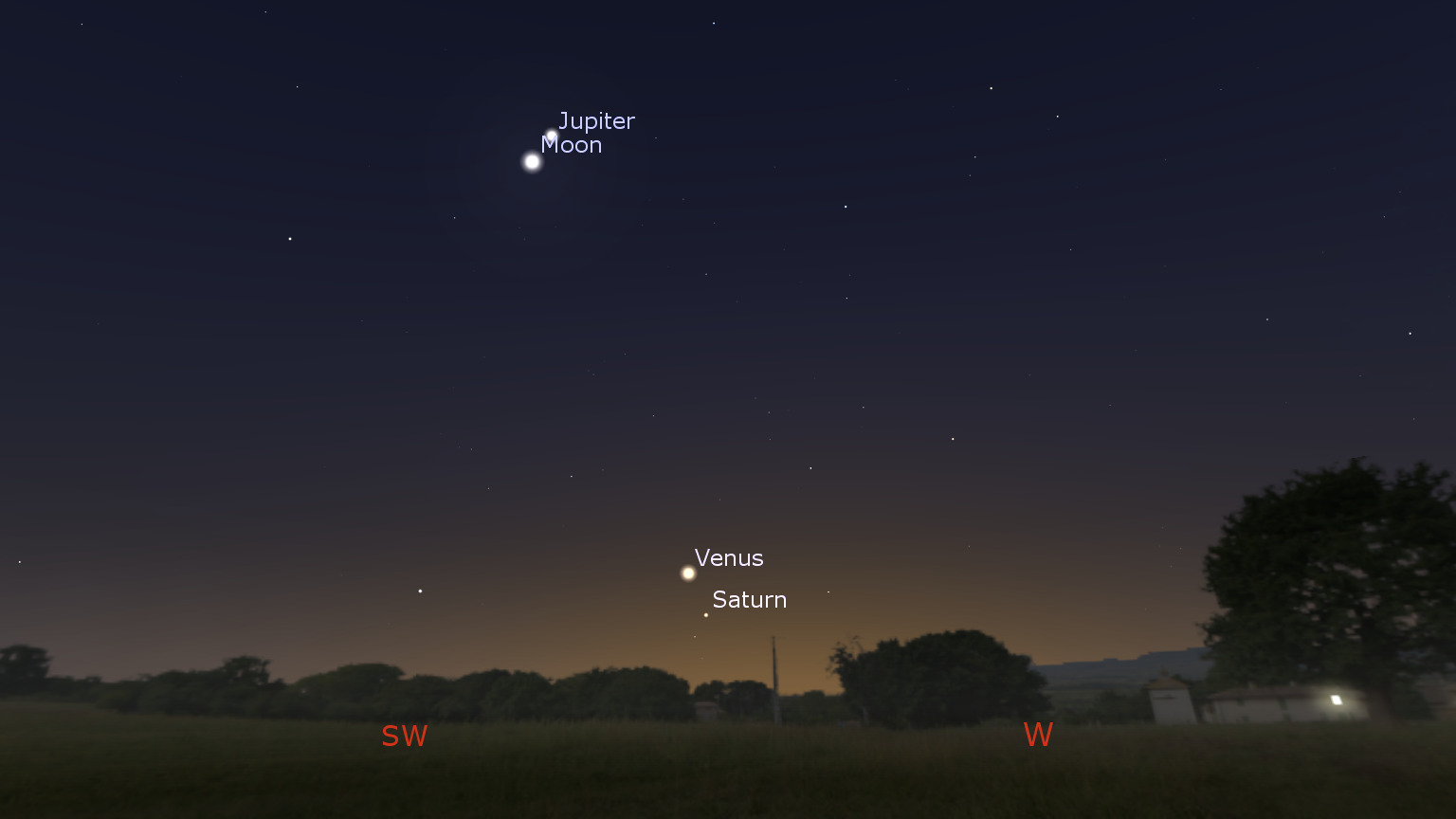The Christmas Star: A Celestial Convergence Visible Tonight In 2024
The Christmas Star: A Celestial Convergence Visible Tonight in 2024
Related Articles: The Christmas Star: A Celestial Convergence Visible Tonight in 2024
- Christmas Ribbon With Wire 2024: A Guide To Festive Embellishments
- Christmas Sale Mattresses At Costco 2024: The Ultimate Guide
- Christmas Socks Illustration 2024: A Festive Guide To Festive Footwear
- Christmas Socks Egypt 2024: A Journey Through Festive Traditions
- Christmas Sale Email 2024: The Ultimate Guide To Crafting A Festive And Profitable Campaign
Introduction
With enthusiasm, let’s navigate through the intriguing topic related to The Christmas Star: A Celestial Convergence Visible Tonight in 2024. Let’s weave interesting information and offer fresh perspectives to the readers.
Table of Content
Video about The Christmas Star: A Celestial Convergence Visible Tonight in 2024
The Christmas Star: A Celestial Convergence Visible Tonight in 2024

On December 21, 2024, a rare astronomical event will occur, marking the alignment of Jupiter and Saturn, the two largest planets in our solar system. This celestial conjunction will create a dazzling spectacle in the night sky, known as the Christmas Star.
The Historical Significance of the Christmas Star
The Christmas Star is a celestial phenomenon that has been recorded throughout history. According to the Gospel of Matthew, a star appeared in the eastern sky, guiding the Three Wise Men to the birthplace of Jesus Christ. While the biblical account does not specify the exact nature of the star, it has often been interpreted as a conjunction of planets.
The 2024 Christmas Star
The Christmas Star of 2024 will be particularly significant because it will be the closest conjunction of Jupiter and Saturn since 1623. The two planets will appear so close together that they will appear as a single, brilliant object in the sky.
Observing the Christmas Star
To observe the Christmas Star, look for a low point in the southwestern horizon just after sunset. The two planets will be visible as a bright, steady light, outshining all other stars in the area.
The Astronomical Significance of the Christmas Star
The Christmas Star is more than just a beautiful sight; it also holds astronomical significance. Jupiter and Saturn are two gas giants that orbit the Sun at different rates. Jupiter takes about 12 Earth years to complete one orbit, while Saturn takes about 29 Earth years.
This means that their conjunctions are rare events. The last time they aligned so closely was in 1623, and the next time they will do so will be in 2080.
The Cultural Impact of the Christmas Star
The Christmas Star has had a profound cultural impact throughout history. It has been featured in countless works of art, literature, and music. It has also been used as a symbol of hope, guidance, and the birth of new beginnings.
The Scientific Explanation of the Christmas Star
The Christmas Star is not actually a star but rather a conjunction of two planets. When viewed from Earth, the two planets will appear to line up perfectly, creating the illusion of a single, bright object.
This phenomenon occurs because the Earth’s orbit around the Sun is slightly elliptical, while Jupiter’s and Saturn’s orbits are more circular. As a result, the two planets occasionally pass close to each other in the sky.
The 2024 Christmas Star: A Unique Celestial Event
The Christmas Star of 2024 will be a rare and spectacular astronomical event. It will be a reminder of the wonders of the universe and the beauty of the night sky. It will also be a symbol of hope and joy, marking the beginning of a new chapter in our collective history.
Tips for Observing the Christmas Star
- Find a location with a clear view of the southwestern horizon.
- Look for the two planets just after sunset.
- Use binoculars or a telescope for a closer look.
- Be patient, as it may take some time for your eyes to adjust to the darkness.
- Enjoy the celestial spectacle!







Closure
Thus, we hope this article has provided valuable insights into The Christmas Star: A Celestial Convergence Visible Tonight in 2024. We thank you for taking the time to read this article. See you in our next article!